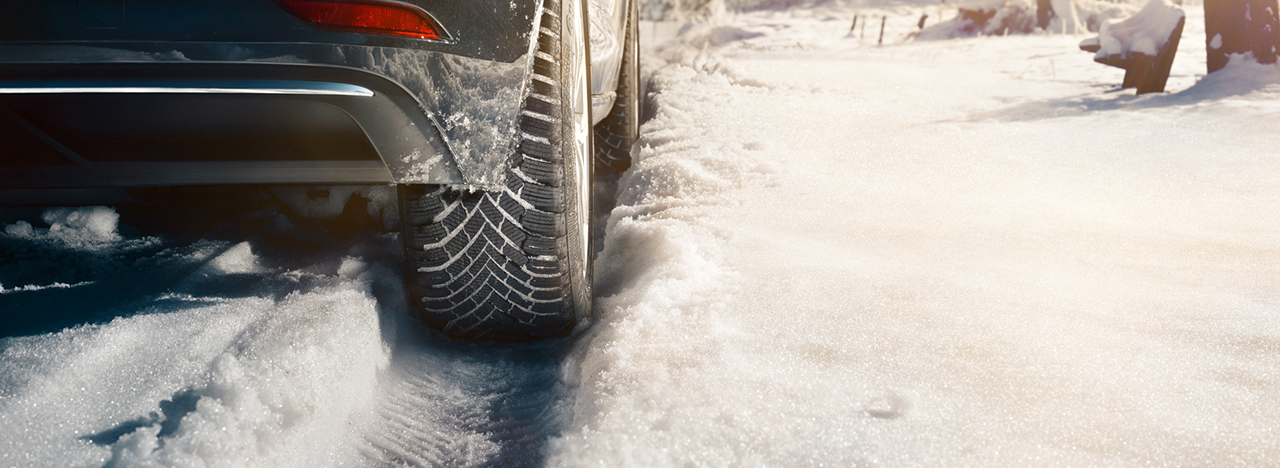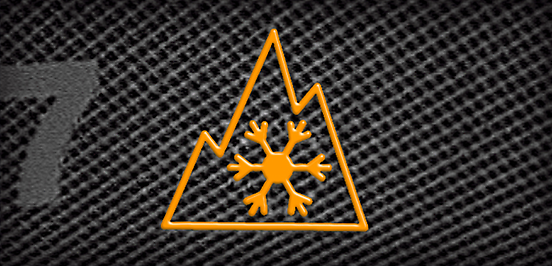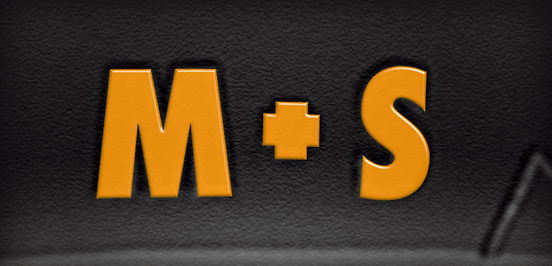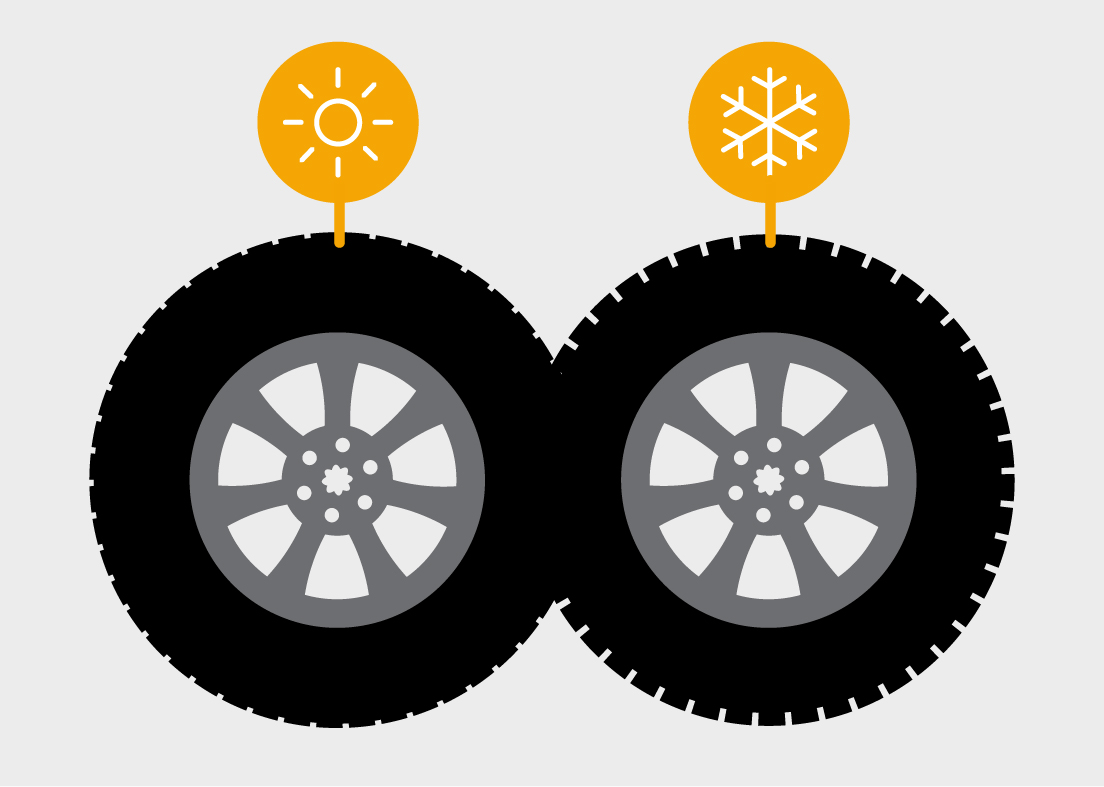
# Tire Knowledge
Winter tire sidewall markings
Winter tire markings
You can identify winter tires by the symbols on the sidewall. These are the M+S symbol and the three-peak mountain snowflake (3PMSF) symbol, and both are industry standards.
So far, the well-known M+S mark was sufficient as a winter tire label. The 3PMSF symbol (snowflake) is mandatory for winter or all-weather tires produced since January 1, 2018.
Until September 30, 2024, there is a transition period in which winter tires with M+S labeling that have already been manufactured still meet the winter tire requirement.
However, it is definitely advisable to convert to new winter tires with the 3PMSF symbol (snowflake) soon, as they have to prove their quality in a standardized brake test on snow. This was not yet necessary for the M+S winter tire marking.
2. Three-Peak Mountain Snowflake symbol
When shopping for winter tires, it is important to look for a tire that displays the Three-Peak Mountain Snowflake Symbol (also referred to as the ‘Alpine’ symbol) on the sidewall. Transport Canada acknowledges that tires displaying this symbol meet the specific snow traction performance requirements, and have been designed specifically for use in severe snow conditions.

1. M+S symbol
What is the difference in snow traction between an M+S (Mud and Snow) branded tire, an all-season tire, and a purpose-built winter/snow tire? While many drivers probably are not absolutely sure, it can be the difference between getting to work, getting home, or getting stuck.

The original definition of M+S tires is based on the geometry of the tread design. The M+S designation was first used to differentiate the knobby, bias ply tires intended for use on muddy and/or snow-covered roads from the straight rib tires used on early cars or trucks. Tires with tread designs that meet the definition may be branded with the letters "M" and "S" in several different ways (e.g., M&S, M+S, M/S, MS, etc.) at the discretion of the tire manufacturer.
All winter tires that are marked with the Alpine symbol (pictured below) undergo the ASTM F 1805 tire test on medium-packed snow in standardized testing conditions to ensure their snow traction performance meets the minimum industry requirements to be considered a winter tire. Importantly, tires that are manufactured for medium-packed snow are required by law to perform this test and may display the 3PMSF symbol on the sidewall.
Continental recommendation
Continental recommends to use winter tires with the "Alpine" symbol on the sidewall and a tread depth of at least 4 mm in winter conditions.
Special case 4x4/SUV tires
Many SUVs and Off-road-Vehicles are equipped with tires carrying the "M+S“ marking on the sidewall. The reason for this is that this vehicle category was first offered in North America where all-season tires with "M+S“ marking are customary. Within the tire portfolio of Continental this applies for example to the product lines ContiCrossContact LX, ContiCrossContact LX Sport or Conti4x4Contact.
M+S marking is officially defined in an EU directive as meaning: “a tire with a tread pattern and structure designed to better performance in snow than that of a normal tire”. The performance of “M+S” marked tires is therefore neither defined nor measured.
The snow performance of winter tires is specified in North America with the so-called "Alpine" symbol. Only tires which meet or exceed these requirements may carry the "Alpine" symbol.

